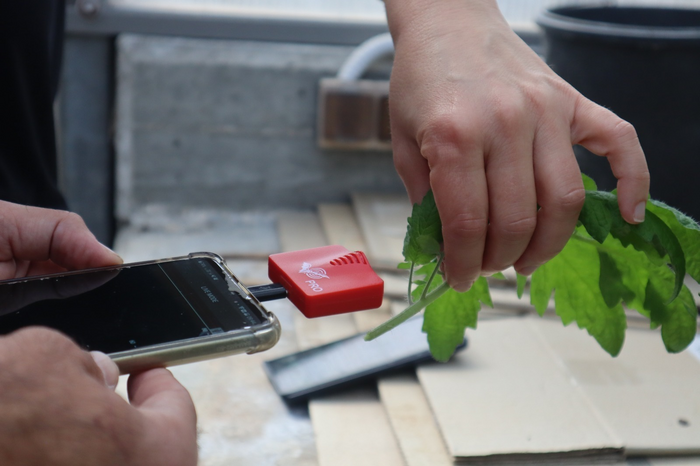“This is the largest survey of microbes in food,” says co-senior author and computational microbiologist Nicola Segata (@nsegata) of the University of Trento and the European Institute of Oncology in Milan. “We can now start to use this reference to better understand how the quality, conservation, safety, and other characteristics of food are linked with the microbes they contain.”
Traditionally, microbes in food have been studied by culturing them one-by-one in the lab, but this process is slow and time consuming, and not all microbes can be easily cultured. To characterize the food microbiome more comprehensively and efficiently, the researchers leveraged metagenomics, a molecular tool that enabled them to simultaneously sequence all the genetic material within each food sample. Metagenomics is often used to characterize the human microbiome or analyze environmental samples but hasn’t previously been used to investigate food at a large scale.
“Food microbiologists have been studying foods and testing for food safety for well over a hundred years now, but we’ve underutilized modern DNA sequencing technologies,” says co-senior author and microbiologist Paul Cotter (@pauldcotter) of Teagasc, APC Microbiome Ireland and VistaMilk Ireland. “This is the starting point for a new wave of studies in the field where we make full use of the molecular technology available.”
Altogether, the team analyzed 2,533 food-associated metagenomes from 50 countries, including 1,950 newly sequenced metagenomes. These metagenomes came from a variety of food types, of which 65% were dairy sources, 17% were fermented beverages, and 5% were fermented meats.
These metagenomes comprised genetic material from 10,899 food-associated microbes categorized into 1,036 bacterial and 108 fungal species. Similar foods tended to harbor similar types of microbes—for example, the microbial communities in different fermented beverages were more similar to each other than to the microbes in fermented meat—but there was more variation between dairy products, likely due to the larger number of dairy products surveyed.
Though the researchers didn’t identify many overtly pathogenic bacteria in the food samples, they did identify some microbes that might be less desirable due to their impact on food flavor or preservation. Knowing which microbes “belong” in different types of food could help producers—both industrial and small-scale—to produce more consistent and desirable products. It could also help food regulators define which microbes should and should not be in certain types of food and to authenticate the identity and origins of “local” foods.
“One thing that was striking is that some microbes are present and performing similar functions in even quite different foods, and at the same time, we showed that foods in each local facility or farm have unique characteristics,” says Segata. “This is important because it could further improve the idea of the specificity and the quality of local foods, and we could even use metagenomics to authenticate foods coming from a given facility or location.”
Understanding the food microbiome could also have implications for human health as some of the microbes we eat could become stable members of our own microbiomes. To examine overlaps between food-associated microbes and the human microbiome, the team compared their new database with 19,833 previously sequenced human metagenomes. They showed that food-associated microbial species compose around 3% of the gut microbiome of adults and more than 50% of the gut microbiomes of newborns.
“This suggests that some of our gut microbes may be acquired directly from food, or that historically, human populations got these microbes from food and then those microbes adapted to become part of the human microbiome,” says Segata. “It might seem like only a small percentage, but that 3% can be extremely relevant for their function within our body. With this database, we can start surveying at a large scale how the microbial properties of food could impact our health.”
The study was one of the main outputs from the MASTER EU consortium, an EU-funded initiative spanning 29 partners across 14 countries that aims to characterize the presence and function of microbes throughout the entire food chain.
“In the future, we want to explore the diversity of these food microbiomes with respect to different foods, cultures, lifestyles, and populations,” says Cotter.
###
This research was supported by Horizon 2020 of Horizon Europe, the Italian Ministry of Foreign Affairs and International Cooperation, the European Research Council, the National Cancer Institute of the National Institutes of Health, the Spanish Ministry of Science and Innovation, the Science Foundation Ireland, and the Irish Department of Agriculture, Food and the Marine.
Bibliographic information:
Carlino et al., “Unexplored microbial diversity from 2,500 food metagenomes and links with the human microbiome”, Cell, DOI: 10.1016/j.cell.2024.07.039

Press release from Cell Press.












